You may want to know How to use a multimeter to test wires if you’re handling live wires. Always work safely, so avoid touching the wire or anything metallic that might touch it. Multimeters are your go-to tool for testing voltage of live wires, one of the most fundamental tasks in this domain. For troubleshooting and maintenance, multimeters are indispensable for measuring voltage, current, and continuity.
Why Is Important To Test Wires For Power?
By testing wire for power, you can ensure the other electrical component. Several benefits of testing can be found here.
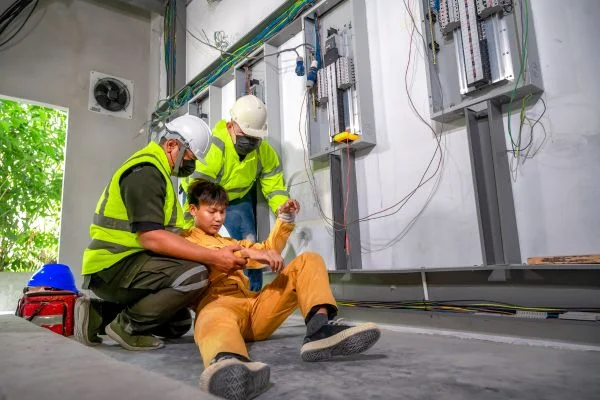
1. Electrical Safety
Testing wires for power is crucial for ensuring electrical safety. When wires carry electricity, they can pose serious risks if there are faults or defects. By testing, you can identify potential hazards such as exposed wires, short circuits, or overloading. This helps prevent electrical fires, shocks, and other accidents that can be life-threatening.
2. Preventing Equipment Damage
Testing power wires is essential to prevent damage to electrical equipment and appliances. Faulty wires can cause voltage fluctuations or power surges, which can harm sensitive electronics and machinery. Regular testing can detect issues early and prevent costly damage or downtime.
3. Compliance with Regulations
Adhering to electrical safety regulations and standards is mandatory in many industries and regions. Testing power wires helps you comply with these regulations. Non-compliance can result in legal consequences, fines, or the shutdown of your operations.
4. Troubleshooting and Maintenance
Testing power wires is a fundamental part of troubleshooting electrical problems. It helps in identifying the source of issues like power outages or flickering lights. Regular wire testing can also assist in planned maintenance, ensuring that your electrical system runs smoothly.
5. Fire Prevention

Unchecked power wires with defects can become a fire hazard. By testing wires, you can catch potential fire risks early, reducing the likelihood of electrical fires. This is especially critical in residential, commercial, and industrial settings where fire safety is paramount.
How To Use a Multimeter To Test Wires For Power?
Tools and Equipment
Before diving into the world of wire testing with a multimeter, it’s crucial to have the right tools and equipment at your disposal. Here’s a list of what you’ll need:
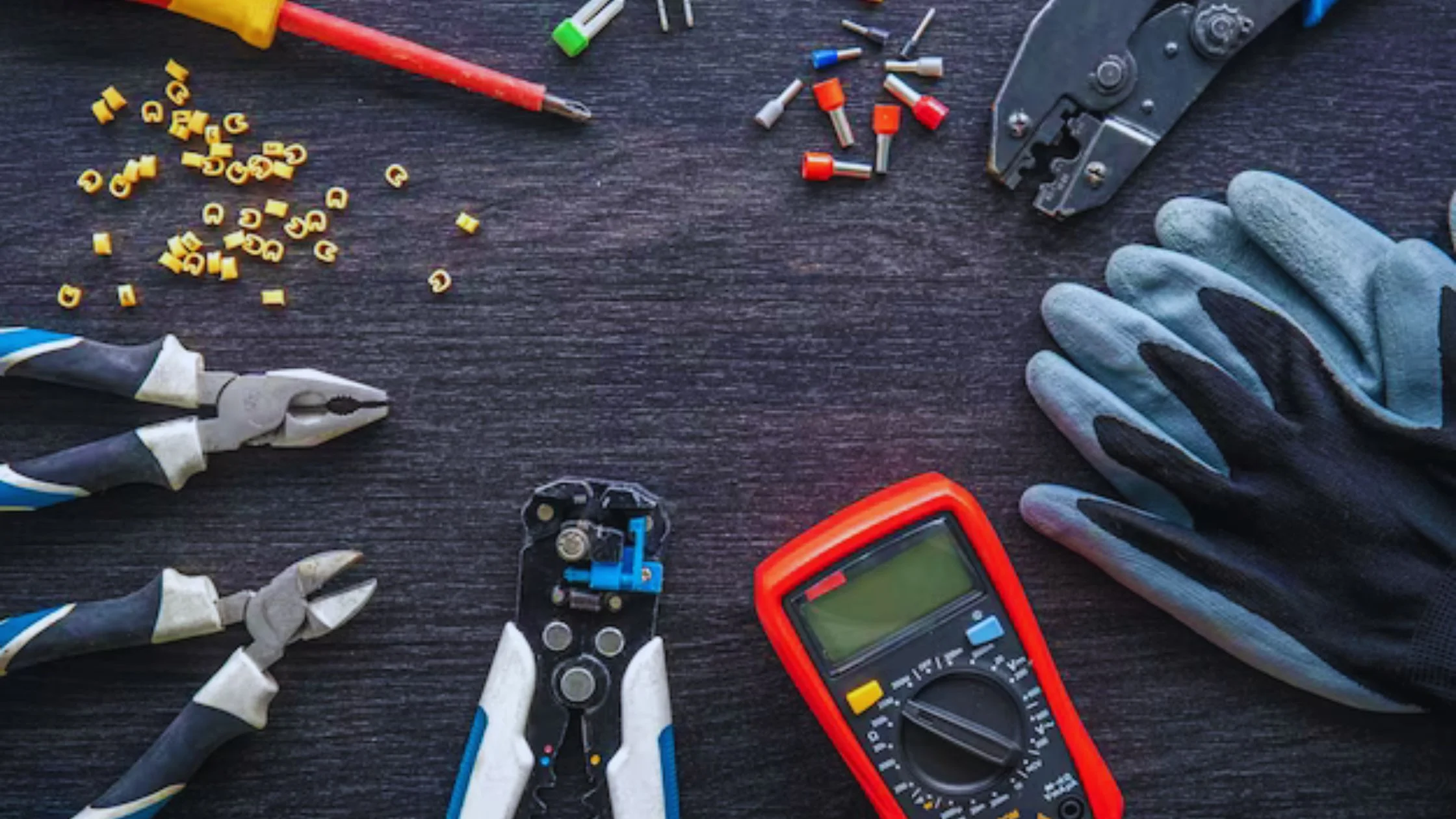
- Multimeter
- Test Leads
- Safety Gear
- Wire Strippers
- Wire Cutters
- Screwdrivers and Pliers
- Battery (if using a multimeter with no internal power source)
Steps
The best tool for testing wire for power is a multimeter. How to test wire for power with multimeter is explained here.
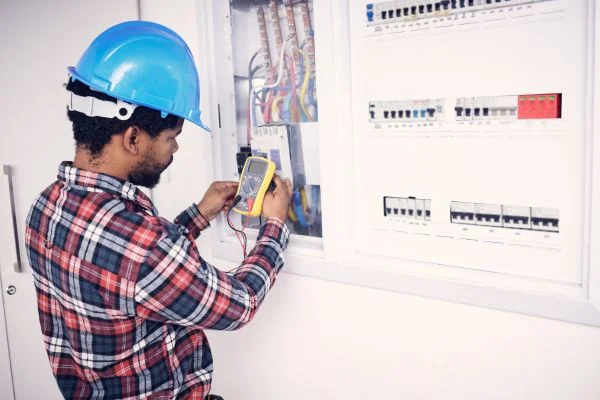
Step 1: Turn Off the Power Source
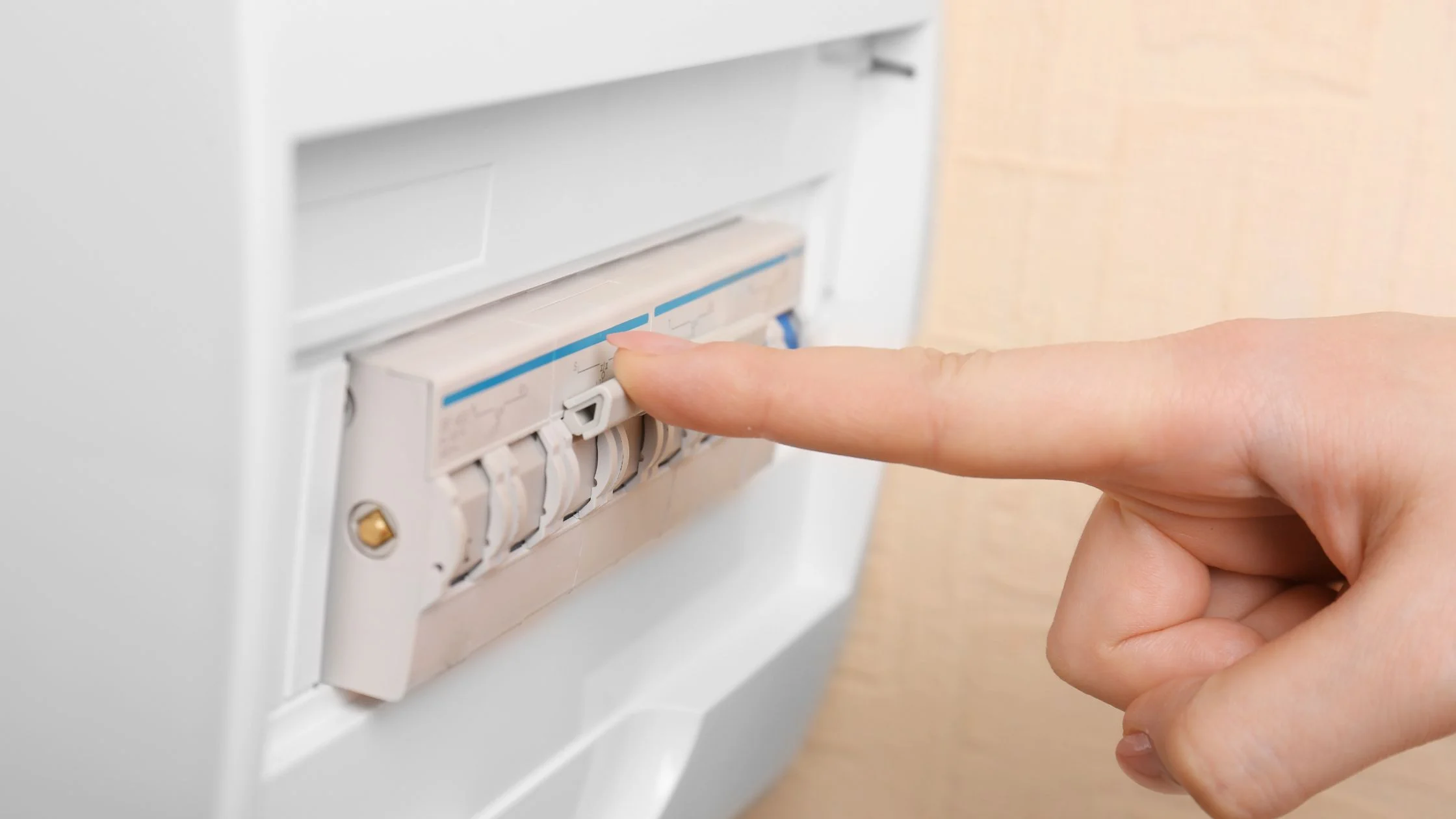
Make sure the power to the circuit you are testing is turned off. This is crucial for your safety. If you’re unsure, use a circuit breaker finder or consult a professional electrician.
Step 2: Set the Multimeter
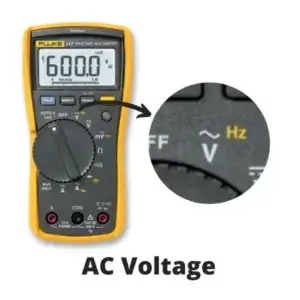
Set your multimeter to the voltage (V) setting that is appropriate for your application. For household circuits, choose an AC voltage range (e.g., 120V) or a DC voltage range if you’re testing a battery.
Step 3: Connect the Test Leads
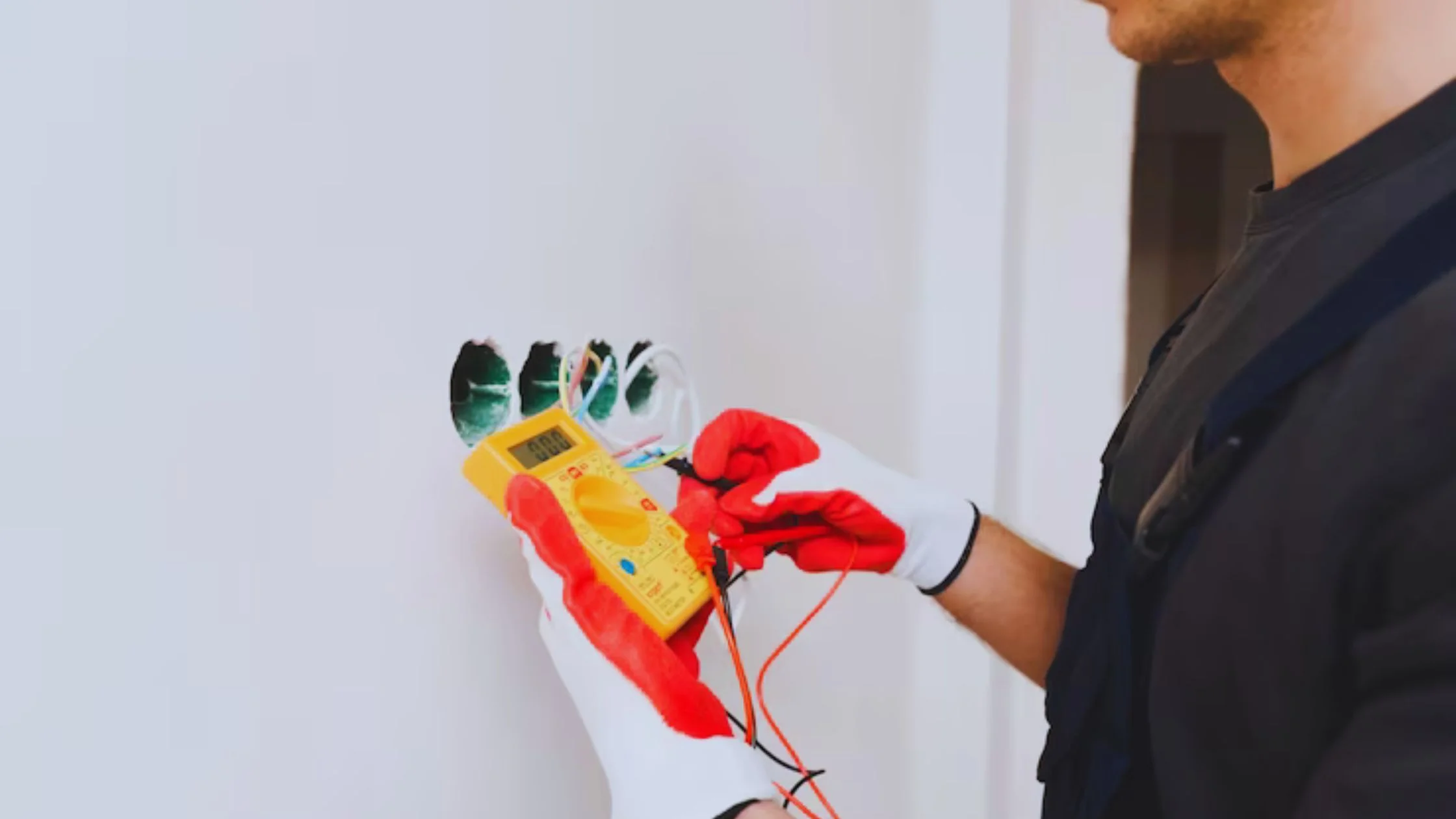
Insert the black test lead into the common (COM) socket and the red test lead into the voltage (V) socket on your multimeter. Ensure the probes are firmly connected.
Step 4: Check for Voltage
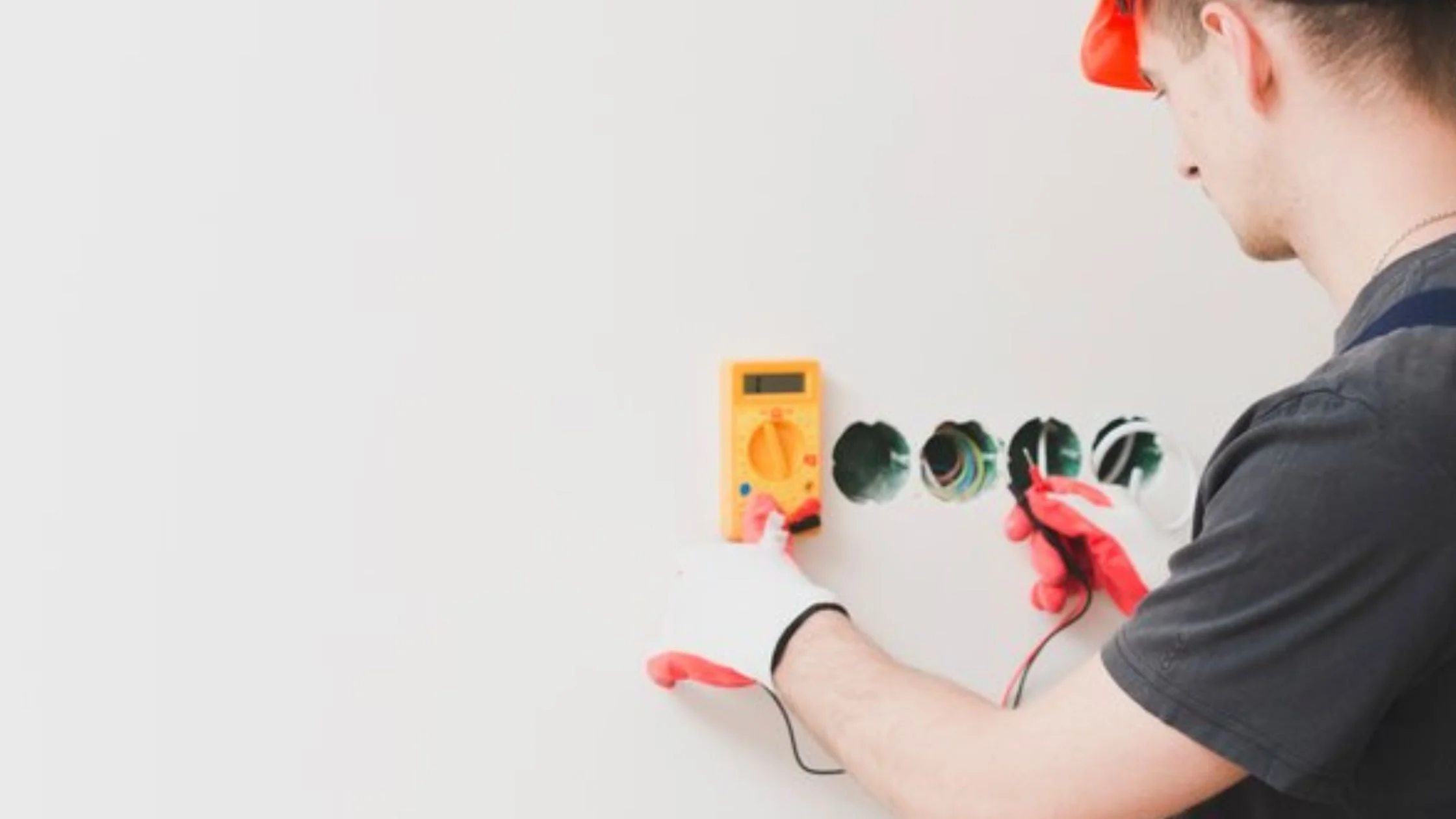
Touch the black probe to the wire’s ground or neutral point and the red probe to the wire you want to test. Your multimeter should display the voltage reading. If the reading is zero, there is no power.
Step 5: Verify Polarity
If you see a voltage reading, check the polarity by ensuring the positive (red) probe is touching the hot or live wire. The negative (black) probe should be on the ground or neutral wire. This ensures you correctly identify the wire’s function.
Step 6: Record Your Measurements
Take note of the voltage reading. This information can be useful for troubleshooting or making informed decisions about the circuit.
Step 7: Safely Disconnect
After testing, carefully remove the test leads from the wires. Always treat electrical wires with caution, even if you believe the power is off. If you’re unsure or uncomfortable, consult a professional electrician.
Checking For Continuity Of Wire
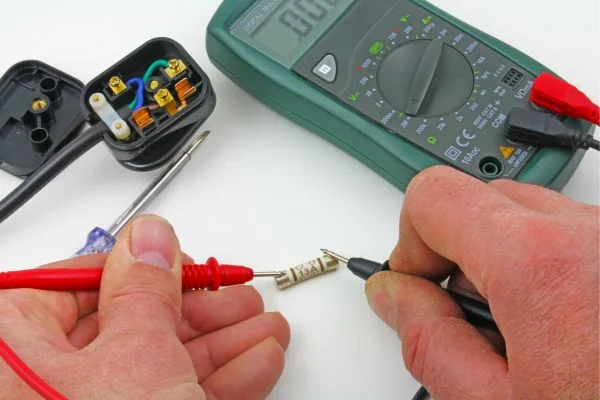
Step 1: Select the Appropriate Multimeter Setting
To test continuity in a wire for power, you need to choose the continuity setting on your multimeter. This setting is usually denoted by a symbol that looks like a sound wave or a series of lines. Once selected, the multimeter will emit an audible beep when it detects a complete circuit.
Step 2: Prepare the Wire
Before testing, ensure that the power to the wire is disconnected to avoid any accidents. Make sure the wire you intend to test is exposed and accessible. If the wire is part of a larger circuit, it’s best to isolate it by disconnecting or removing it temporarily.
Step 3: Connect the Multimeter Probes
Now, take the black and red probes from your multimeter. Insert the black probe into the common (COM) terminal and the red probe into the terminal labeled for continuity testing. This connection allows the multimeter to send a small current through the wire and detect if it forms a continuous path.
Step 4: Touch the Probes to the Wire Ends
Gently touch the exposed ends of the wire with the metal tips of the multimeter probes. One probe should make contact with one end of the wire, and the other probe with the opposite end. Hold the probes firmly but without applying excessive pressure to prevent damaging the wire.
Step 5: Observe and Listen for a Beep
As you touch the wire ends with the probes, the multimeter will emit an audible beep if the wire forms a complete circuit. This beep confirms that there is continuity in the wire, indicating it is not broken or damaged. If there is no beep, the wire may be damaged, and further inspection is needed.
Alternative Methods For Testing The Wire For Power
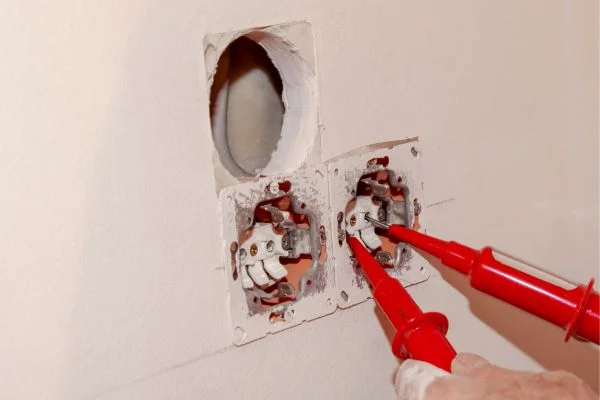
Non-Contact Voltage Testers
Non-contact voltage testers, also known as voltage detectors, offer a safer and more convenient way to test for power without direct wire contact. These devices can detect the presence of voltage without touching the wire. To use them, simply bring the non-contact voltage tester close to the wire you want to test.
If voltage is present, the tester will typically emit a visual or audible signal, alerting you to the live wire. Non-contact voltage testers are handy tools for quick checks, especially in situations where using a multimeter might be challenging.
Limitations of Non-Contact Testers
While non-contact voltage testers are handy, they have limitations. They can only detect the presence of voltage, not the actual voltage level. This means they won’t provide you with precise voltage readings. Additionally, these testers may give false positives or negatives if used near electromagnetic interference or on wires with weak or no insulation.
So, it’s important to use them as a preliminary tool for identifying live wires, but for precise voltage measurements, a multimeter is still the go-to choice.
Advantages of Alternative Methods
Non-contact voltage testers have advantages in certain scenarios. They are quick and easy to use, making them suitable for initial safety checks. Their portability and simplicity make them ideal for electricians and DIY enthusiasts alike.
They can help identify live wires in challenging or congested environments, where accessing wires with a multimeter may be difficult. Keep in mind that while these testers offer speed and convenience, they don’t replace the need for a multimeter when accurate voltage measurements are essential.
Safety Precautions
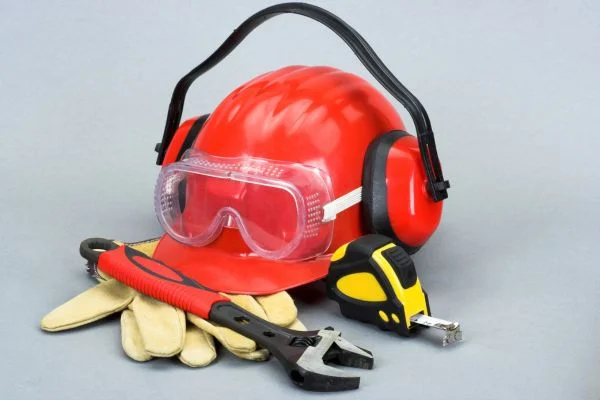
Safety should always be a top priority when working with electricity. Even a small mistake can result in severe injuries or damage. Before testing wires for power, it’s essential to recognize the significance of safety. Always respect the power of electricity and take the necessary precautions to protect yourself and others.
Turn Off Power Sources
Before testing a wire, ensure that the power source is turned off. This prevents accidental shocks or electrical mishaps. It’s a simple but crucial step. Identify the circuit or power source you’ll be working with and shut it off at the main breaker or switch. Confirm that the power is truly off by testing the circuit with a known-working device, like a lamp.
Appropriate Safety Gear
Wearing appropriate safety gear is vital when working with electricity. Always don safety equipment like insulated gloves, safety goggles, and clothing that covers exposed skin. These items help protect you from potential electrical hazards, such as shocks or burns. Make it a habit to put on safety gear before starting any electrical work.
Conclusion
Knowing how to test wire for power with multimeter is invaluable if you work for a multinational company. The people in companies take proper safety precautions when they test wires for power with multimeters, since the companies have safety rules. A single mistake can lead to the shutdown of an operating system, so it is important to take proper precautions if you work in a company.
